In various competitive environments, situational awareness holds immense value. Players who cultivate a keen sense for gauging their surroundings tend to excel in strategic settings. This skill encompasses more than mere observation; it’s about interpreting subtle cues and making informed decisions that align with current circumstances.
Grasping the nuances of assessing environments during competitive interactions is crucial. This ability to perceive ongoing actions, player behaviors, and shifting circumstances can significantly affect outcomes. Those who master this skill not only enhance their performance but also gain an edge over opponents who may overlook these vital aspects.
Engaging effectively in real-time scenarios requires attention to emerging dynamics. Being attuned to fluctuations within the flow of play fosters adaptability, allowing individuals to fine-tune their strategies on the fly. Additionally, recognizing and adjusting to the ever-shifting landscape of competition ensures participants remain relevant and competitive.
Understanding Betting Patterns and Player Behavior
In any competitive environment, situational awareness plays a crucial role in forming winning strategies. By closely monitoring betting patterns, players can gain insights into their opponents’ tendencies and make informed decisions. Whether it’s recognizing aggressive betting styles or discerning cautious play, this awareness provides an edge.
Player profiling is an essential aspect of this process. It involves analyzing individual behaviors, past actions, and emotional reactions during play. Recognizing how specific players react to different situations can reveal their strengths and weaknesses. For example, a player who consistently bluffs in certain scenarios may be easier to read than a more unpredictable opponent.
By combining a keen eye for betting trends with a solid understanding of player profiles, participants can adapt their strategies in real-time, increasing their chances of success. For additional insights and resources, explore https://mumoffivestayingsane.co.uk.
Identifying Key Fairness Indicators in Live Sessions
Recognizing fairness indicators during in-person competitions is crucial for effective decision-making. One primary aspect involves keen player profiling, allowing participants to discern strengths and weaknesses of opponents. By analyzing both behavioral tendencies and interaction styles, individuals can better estimate risk and adjust their strategies accordingly.
Situational awareness plays a pivotal role in observing how external factors influence game dynamics. Factors such as player moods, table talk, or even body language can reveal valuable insights. These observations help in making more informed choices, potentially leading to increased success rates.
Understanding how live game dynamics evolve is essential when assessing fairness. Tracking shifts in player engagement and sentiment can highlight discrepancies within the competitive environment. By being alert to these changes, competitors can adapt quickly, ensuring a better grasp of the unfolding scenarios and responding effectively to maintain an edge.
Leveraging Table Dynamics to Enhance Strategic Decisions
Understanding game dynamics is crucial for making informed strategic choices. In environments characterized by rapid changes, situational awareness plays a pivotal role in assessing how players interact with one another. Observing these shifts allows for an informed approach to betting and decision-making.
Adapting to evolving circumstances involves keenly analyzing player interactions. This includes noticing changes in aggression levels, frequency of bets, and the general atmosphere at the environment. These elements contribute to assessing how opponents might react in future rounds, allowing one to refine their strategy accordingly.
Monitoring betting tendencies and player moods can provide valuable insights into potential outcomes. With every action taken, nuances emerge that reveal each participant’s psychological state. Utilizing this information effectively can significantly enhance one’s position, leading to superior performance over time.
Moreover, recognizing the collective behavior of players aids in anticipating group dynamics. For instance, if a particular player tends to dominate discussions or decision-making processes, adjusting one’s tactics to counter that influence may yield favorable results. Extracting these layers of understanding leads to more robust strategic frameworks.
Lastly, synthesizing all these observations into actionable strategies can maximize gains during critical moments. The ability to process a variety of inputs not only improves decision-making but also reinforces one’s adaptability in competitive environments. Embracing the complexities of game dynamics fosters a comprehensive approach, making a significant difference in achieving success.

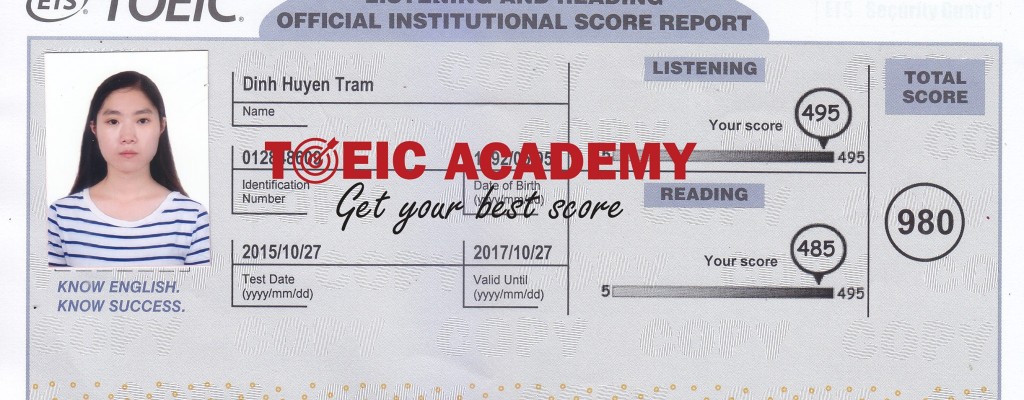
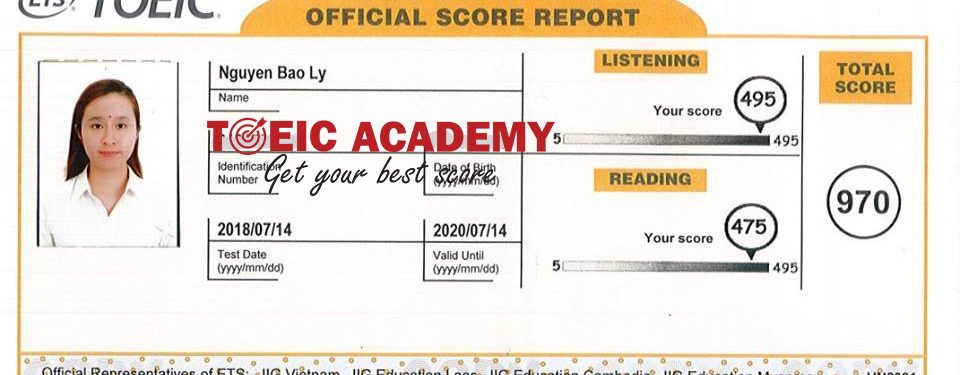
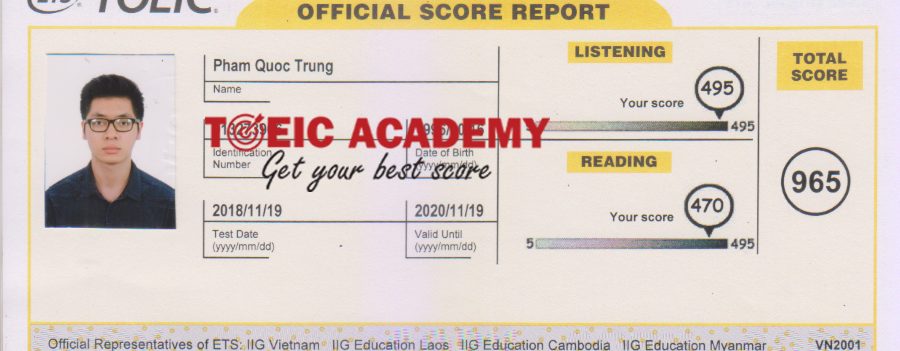
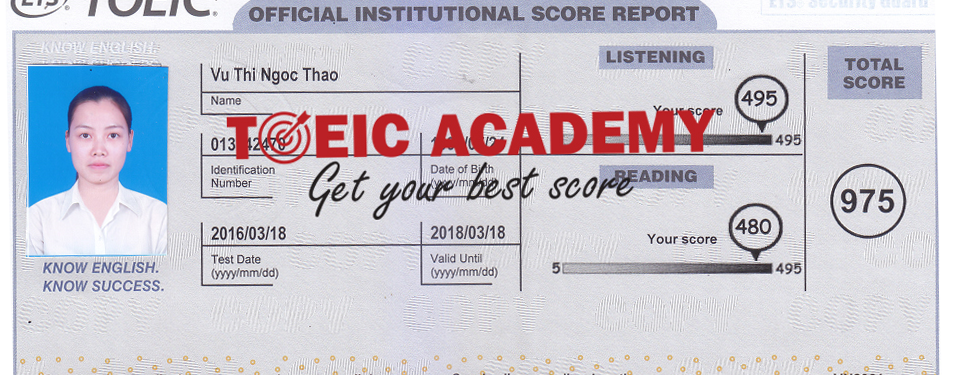
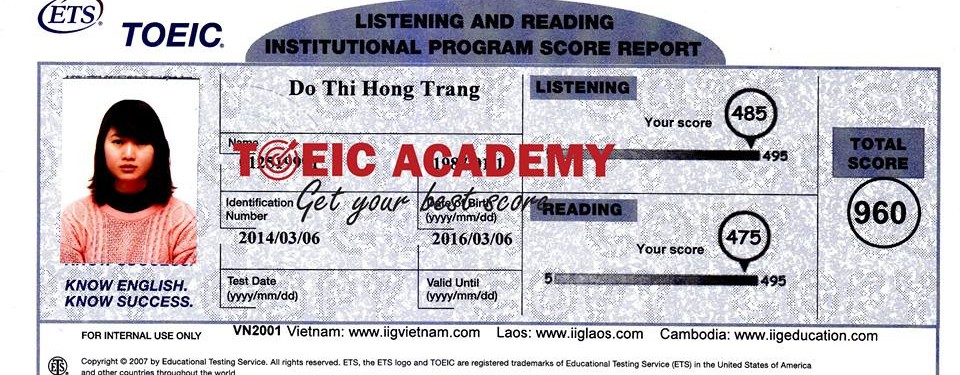
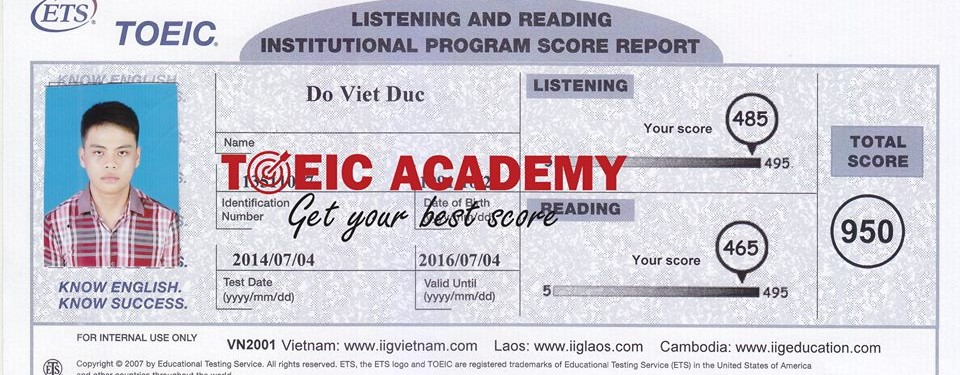
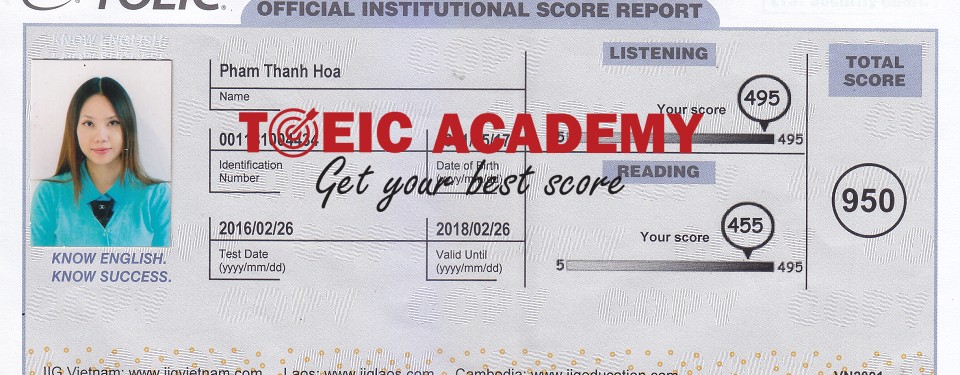
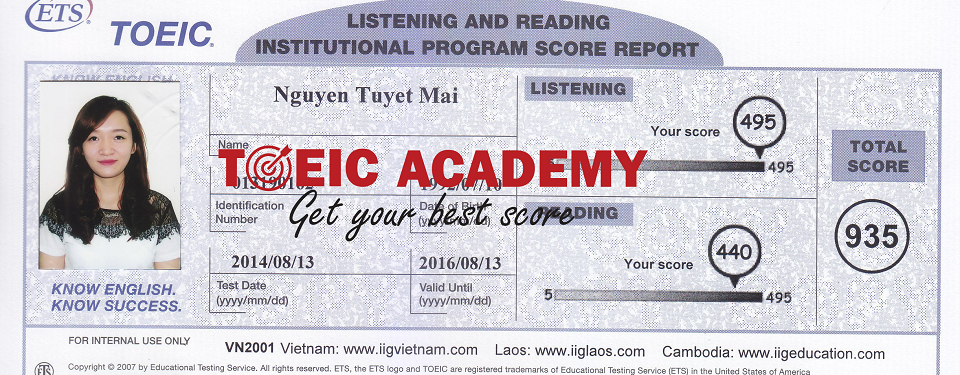
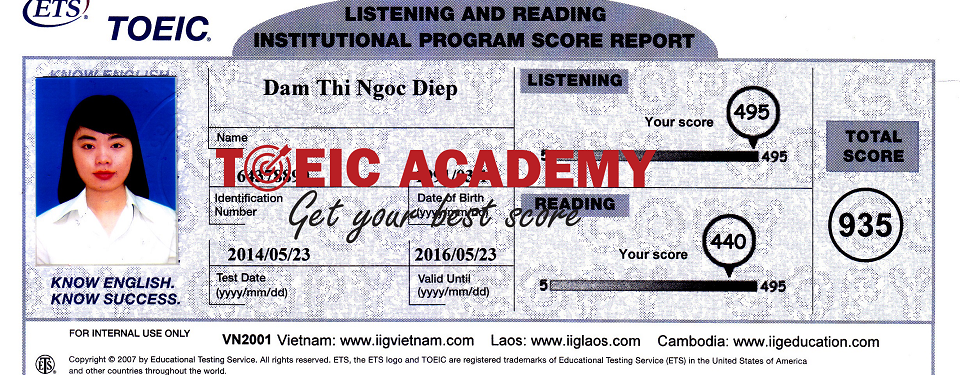
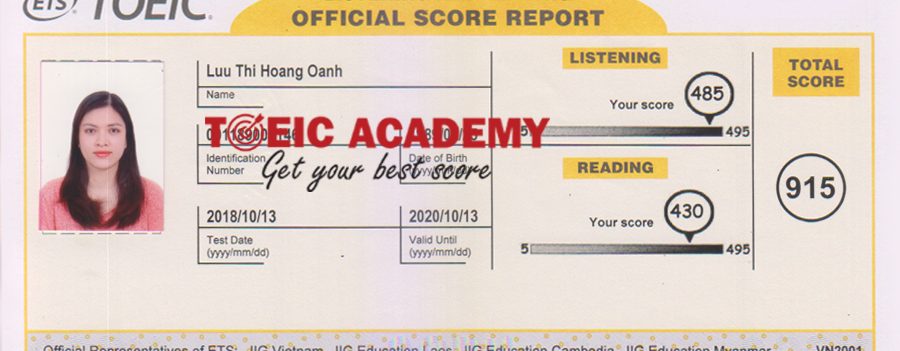






















 Tháng Một 31st, 2025
Tháng Một 31st, 2025  Vui Nguyễn
Vui Nguyễn 

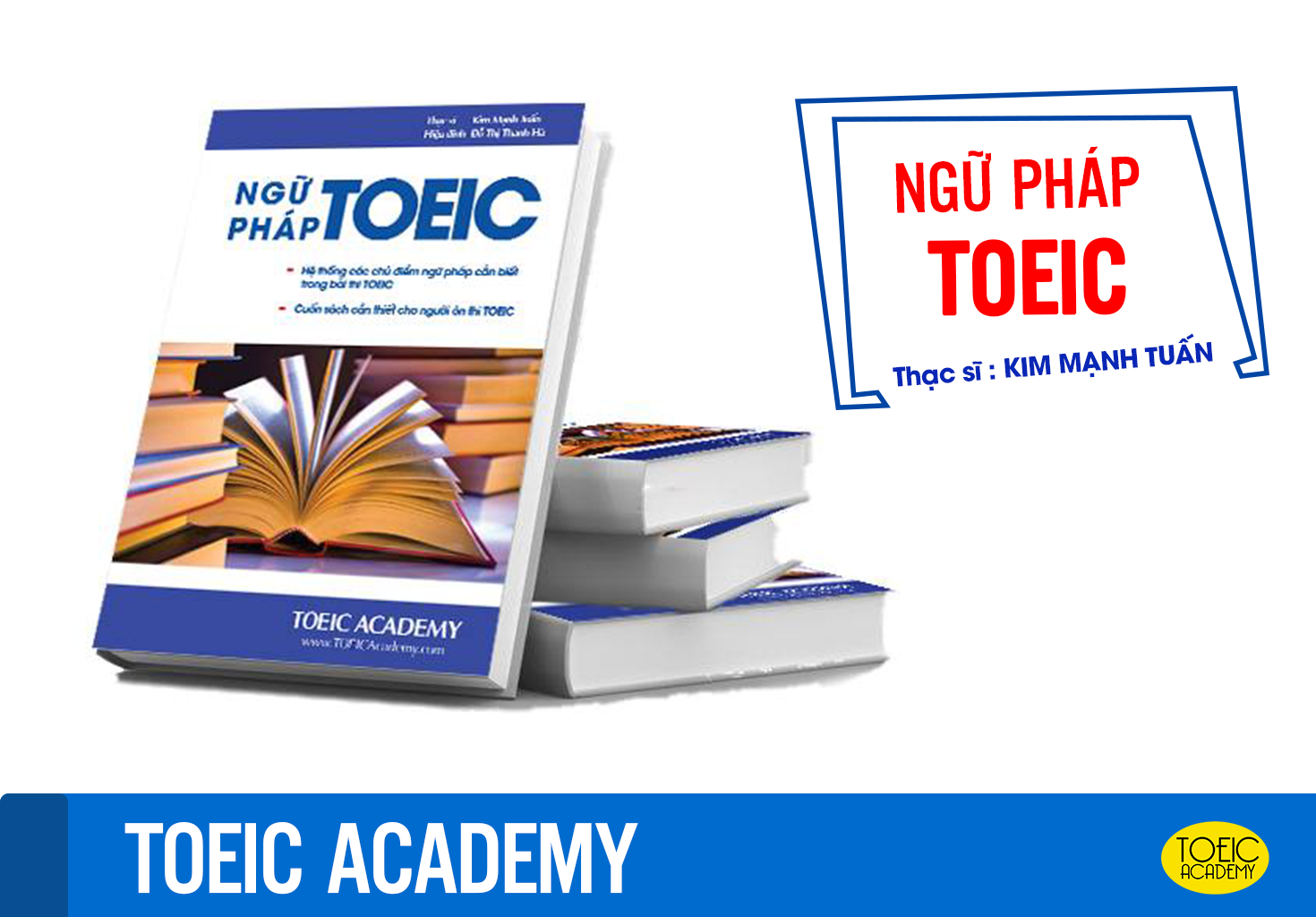

 Posted in
Posted in 













Comments